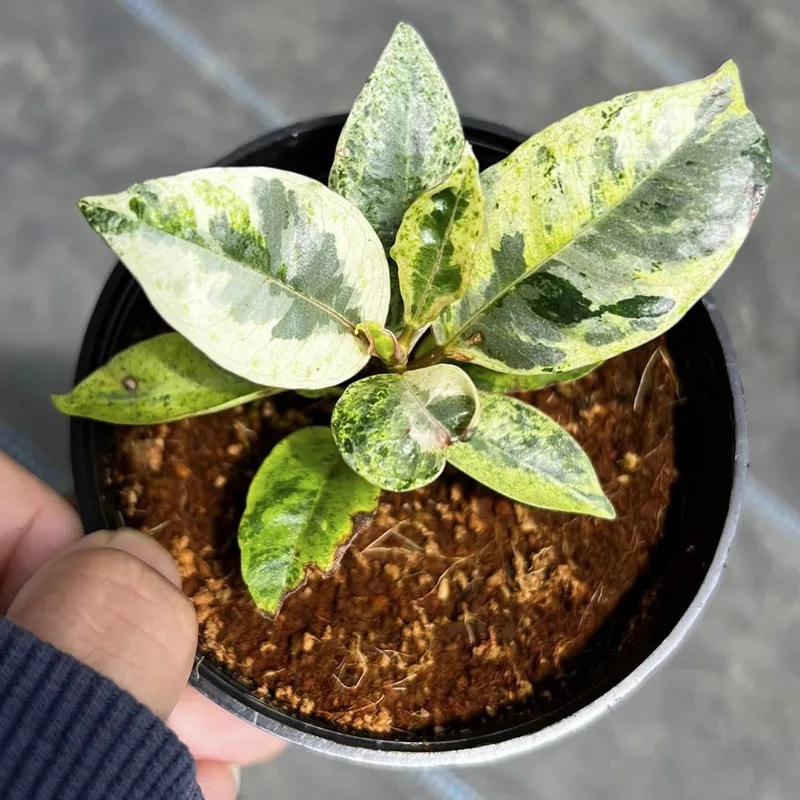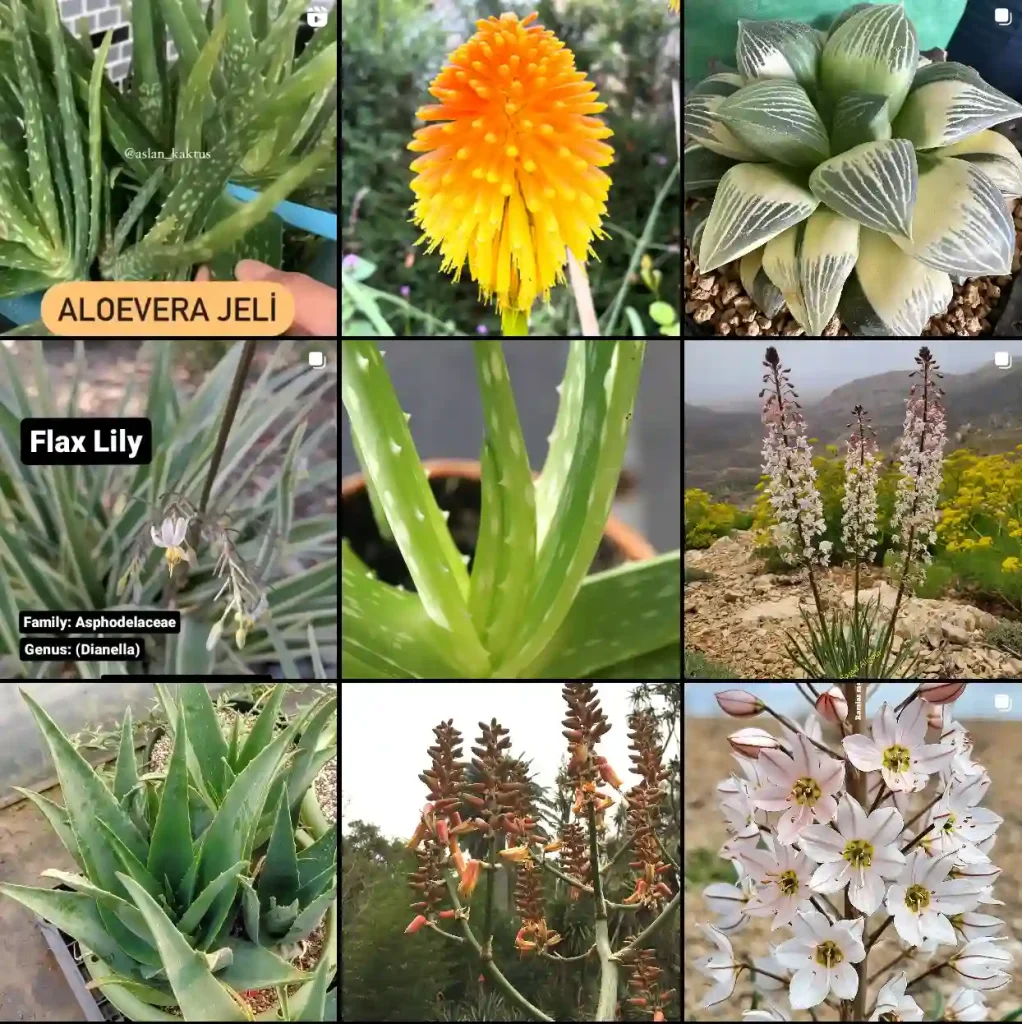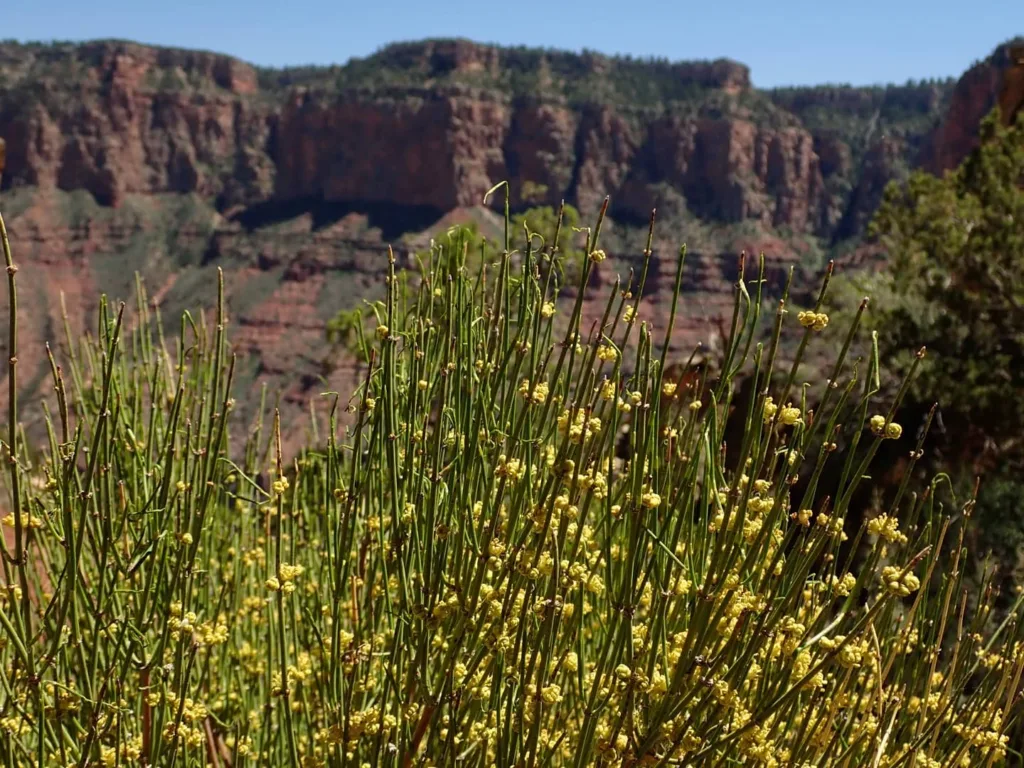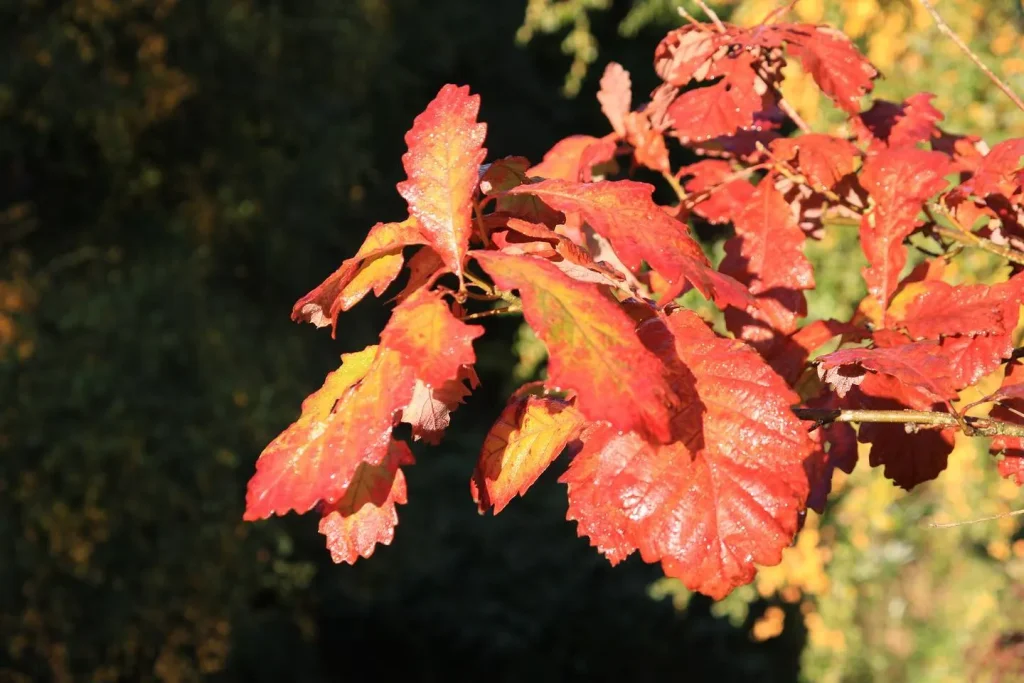
What is a Hedge Apple?
When people first encounter a Hedge Apple, they often wonder, “What is a Hedge Apple?” This unusual fruit, also known as Osage Orange, is the fruit of the Osage Orange tree (Maclura Pomifera). The name “Hedge Apple” comes from its historical use in hedgerows or “living fences” in the 19th century. Despite its name, the fruit is not an apple but rather a large, green, bumpy sphere, often about the size of a grapefruit.
Plant Family: 48 Genera in Moraceae
Where Can I Buy a Hedge Apple?
If you’re looking to buy a Hedge Apple, your options might be somewhat limited. These fruits aren’t commonly found in grocery stores, as they’re not typically eaten. However, you can sometimes find them at farmers’ markets, specialty stores, or even online through various retailers and auction sites. Some local nurseries might also carry them, especially in areas where Osage Orange trees are prevalent.
What Do You Do with a Hedge Apple?
You can use them as a rustic decoration in your home, particularly during autumn. Some people use them in craft projects or as part of seasonal displays. Additionally, they can be placed around the home to potentially help with pest control, although their effectiveness is not scientifically proven.
Can you eat osage orange?
I once saw a squirrel munching on something green and round under an Osage orange tree, and I wondered if the fruit was edible for humans too. Out of curiosity, I looked one up close. It felt heavy for its size and had a bumpy, lumpy texture. I even sliced one open, but the inside was this weird, white, pulpy mess with big seeds. The whole thing smelled kind of funky, and I just couldn’t imagine it tasting good. I read online that some people roast the seeds, but honestly, if I’m looking for a snack, I’ll stick to something that doesn’t look like a giant, bumpy lemon that fell off a tree.
How to Eat a Hedge Apple?
As mentioned earlier, it’s not advisable to eat Hedge Apples. The fruit’s tough, spiky exterior and bitter taste make it unpleasant and potentially harmful if ingested. Instead, you can use Hedge Apples for decorative purposes or as part of a natural pest control strategy.
What are osage oranges good for?
Osage oranges are kind of the jack-of-all-trades, master-of-none yard ornament in my experience. They sure look interesting in the fall with their bumpy, green globes hanging around, but I wouldn’t exactly call them beautiful. They’re definitely not something I’d bring inside for a centerpiece. I hear they can repel insects, but I haven’t tried that myself. The one thing they seem good for is making a natural fence. Those branches are covered in thorns, and there’s no way anything is getting through that! Maybe if I ever have a vegetable garden, I’ll plant a row of Osage oranges to keep the rabbits out.
Do Hedge Apple Trees Have Thorns?
Yes, Hedge Apple trees do have thorns. These thorns can be quite sharp and are a distinguishing feature of the Osage Orange tree. They’re a natural defense mechanism for the tree, which historically helped protect the tree from herbivores.
Are osage oranges poisonous?
I always get nervous around weird-looking plants, so I was definitely worried about Osage oranges at first. They have that milky sap that comes out when you break a branch, and you just never know with those. Luckily, I did some research and found out they’re not poisonous to people or pets. That was a relief! The downside is they don’t seem very appetizing to anyone except maybe squirrels. I guess that spiky, lumpy texture and funky smell are enough to keep most animals away. So, not poisonous, but definitely not something I’d want to accidentally take a bite of!
How much is a osage orange tree worth?
That’s a tricky one! I haven’t actually sold an Osage orange tree myself, so I can’t speak to a specific price. But, I can tell you from browsing online that the price seems to depend on a few things. If it’s a tiny sapling from a nursery, it won’t be worth much. But a large, mature tree with a thick trunk could be valuable, especially if someone wants the wood for crafts or fence posts. I imagine it also depends on where you live. Osage orange trees are pretty common around here, so they might not be as expensive as somewhere where they’re harder to find. Maybe I should measure the one in my backyard and see if it could be a little goldmine!
Where do osage orange trees grow?
Osage orange trees originally grew in a small pocket of the United States, mainly in the Red River drainage of Oklahoma, Texas, and Arkansas.
They liked the hot, dry summers and weren’t picky about soil, so they thrived there. However, people realized how tough these trees were and started planting them all over the place as living fences. Now you can find Osage orange trees throughout the eastern half of the United States, from the Great Plains all the way to the Atlantic Ocean! They’re not quite as common as maple trees, but I see them around my neighborhood all the time.
How Fast Do Hedge Apple Trees Grow?
Hedge Apple trees are known for their rapid growth. They can grow up to 2 feet per year under optimal conditions. This quick growth rate makes them an excellent choice for creating hedgerows or living fences, which was their historical use. The trees can reach a height of 30 to 40 feet over time.
How to Grow a Hedge Apple Tree?
If you’re interested in growing a Hedge Apple tree, you’ll need to start with seeds or young saplings. The trees prefer well-drained soil and full sun. Plant them in a location where they have plenty of space to grow, as they can become quite large. Regular watering and occasional pruning will help keep the tree healthy and encourage robust growth.
Is Hedge Apple Good Firewood?
Hedge Apple wood is indeed good firewood. It burns very hot and produces a lot of heat, making it an excellent choice for heating. The wood is also known for its durability, which is why it has been traditionally used for fence posts and other applications. Just be aware that the wood can be difficult to split, so it might require a bit more effort compared to other types of firewood.
Hedge Apple vs Crabapple
When comparing Hedge Apple vs Crabapple, it’s important to note that these are two very different fruits. Hedge Apples are large, bumpy, and inedible, whereas Crabapples are small, edible fruits often used in cooking and making preserves. Crabapple trees are also grown primarily for their fruit, while Hedge Apple trees are grown for their wood and as a barrier plant.
Do deer eat osage orange?
This is one where the answer depends on who you ask! Most folks say deer avoid Osage oranges entirely. They’re spiky, smelly, and the inside looks like something science fiction dreamed up. Sounds like a hard pass for a deer looking for a tasty meal. But, I have seen some strange things in my backyard. There’s this one particularly large buck that seems fearless. One winter, when food was scarce, I saw him nibbling on the leaves of the Osage orange tree. It wasn’t a feast, just a few bites here and there. Maybe in a pinch, even a weird, spiky fruit looks appealing to a hungry deer. So, while I wouldn’t call Osage oranges a deer delicacy, I wouldn’t be totally shocked to see a brave (or desperate) deer give them a try.
Where can you buy osage oranges?
You actually can’t buy the fruit itself very easily. Osage oranges aren’t typically grown commercially for eating, and their weird flavor and texture don’t make them very appealing. Here in the US, you’re more likely to find Osage orange trees for sale at nurseries or online seed companies. These would be young saplings meant for planting, not really for buying fruit. However, if you’re crafty or looking for a natural fence, getting a young Osage orange tree could be a good option!
Do osage oranges keep spiders away?
This is one I’ve heard a lot about, but I haven’t seen a ton of proof myself. Everyone around here seems to have a story about Osage oranges keeping spiders out of their basement or shed. They put the dried out fruit around the doorways, and supposedly the smell repels spiders. I’ve tried it a couple of times, but honestly, it’s hard to say if it works. My spider situation never seemed to change much. Maybe I wasn’t doing it right, or maybe spiders just aren’t that bothered by the smell. There’s also some stuff online about how the science isn’t really there to support the spider-repelling claims. So, while it’s a popular idea, I’m not sure Osage oranges are a guaranteed spider-free solution. Maybe I’ll stick to sealing up any cracks and keeping things clean instead.
How to plant osage orange seeds?
Osage orange seeds can be a bit tricky to germinate, but I’ve had some luck with this method. Here’s what I usually do:
First, you’ll want to collect the Osage oranges in the fall when they’re nice and green. Wear gloves, because they can stain your hands! Once you have your fruit, you can either break them open and remove the seeds right away, or wait until spring. If you wait, store the fruit in a cool, dry place over winter – like a garage or shed. This cold period, called stratification, can actually help the seeds germinate better.
In the spring, separate the seeds from the dried fruit pulp. You can soak them in water for a day or two to loosen any leftover fruit bits. Then, find a pot with drainage holes and fill it with a well-draining potting mix. Osage oranges aren’t too picky about soil, but something loose and sandy will work well.
Plant the seeds about half an inch deep in the pot, and water them gently. Keep the soil moist but not soggy. You can place the pot in a sunny location and cover it with plastic wrap to create a mini greenhouse. Just remember to vent the plastic wrap every few days to prevent mold.
Be patient! Germination can take anywhere from a few weeks to a few months. Once you see sprouts, remove the plastic wrap and keep watering regularly. When the seedlings are a few inches tall, you can thin them out to the strongest one or two per pot.
By late summer or early fall, your Osage orange seedlings should be well-established. You can harden them off outdoors for a week or two before transplanting them to their permanent location in your yard. Just choose a spot with full sun and well-draining soil. These trees are tough once they’re established, but they’ll appreciate some care in their first year or two.
If i die, water my plants!



